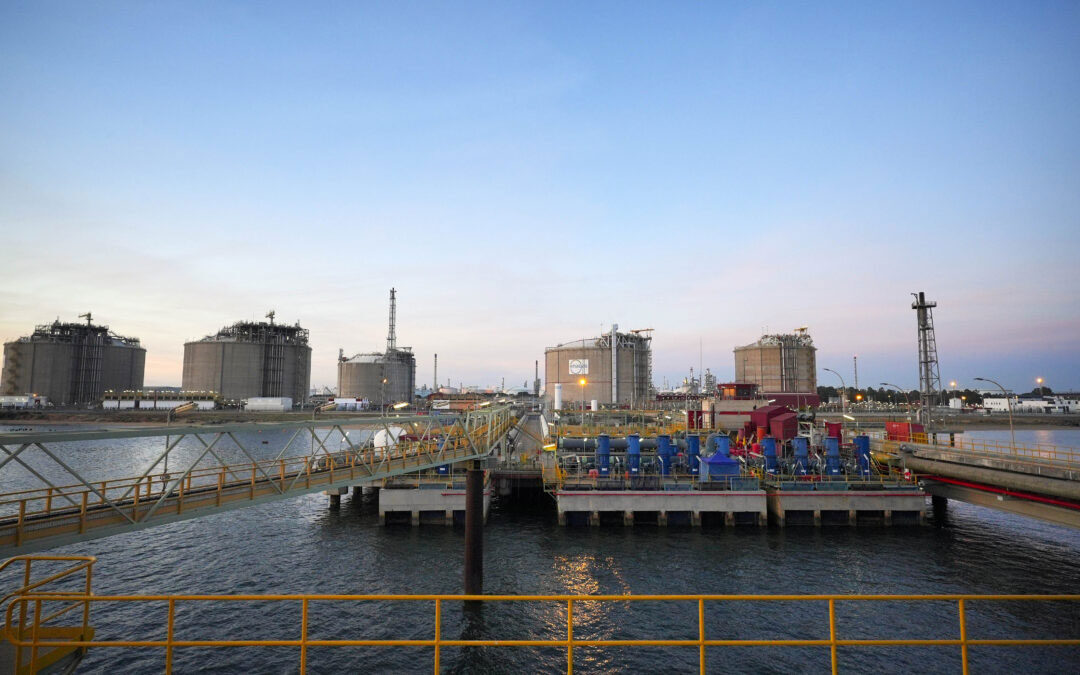In the fall of 2021, when nothing yet hinted a Russia’s war against Ukraine and the energy blackmail that it would bring with it, in Spain —among others myself— we were already talking about energy security. Specifically, the measures we were taking so that more ships could unload liquefied natural gas (LNG) at the Spanish regasification terminals after the closure of one of our gas pipeline connections with Algeria. And, also at that time, the Government of Spain was already proposing to the European Union the joint purchases of gas and other mechanisms based on solidarity as a common response to the rise in energy prices.
At that time, as I pointed out in my last post, security of supply was not on the European agenda. It was taken for granted, and every individual nation was expected to handle it themselves, with the outbreak of the war in February 2022 it became a priority and that led to the promotion, finally, of a common European energy policy.
Thanks to the rapid reaction of the European Commission and the measures taken, we are in a better situation today than we expected a year ago: Europe has managed to be resilient against Putin’s threats and safeguard its energy security this winter. Spain has had, and continues to have, a prominent role in this, contributing to the supply of other European countries.
I would like to share some data that help to explain this contribution and which I think should continue to be highlighted:
- Our energy model is differential: we are the country with the most LNG terminals in Europe and the third in the world, with 44% of the storage capacity and 33% of the regasification capacity of the continent.
- The six LNG terminals in operation of the Spanish Gas System (Sagunto, Mugardos, Barcelona, Bilbao, Cartagena and Huelva) mean that Spain has one of the most diversified —and therefore secure— gas supplies in the world: in 2022 we received gas from 19 different origins.
- This model gives us great flexibility: in 2022 the United States became our main gas supplier with 28.8% (compared to 14.4% in 2021) and Algeria is now in second place with 23.8% (compared to 42.7% in 2021).
- Spain is being a benchmark in measures to address Europe’s energy crossroads. Two examples: the expansion of the capacity of the Irún interconnection, which allowed us to increase our gas flow to Europe through France from 7 bcm to 8.5 bcm, and the start-up of a “virtual gas pipeline” from our Mediterranean terminals to Italy.
- Thanks to the measures adopted, 45% more ships bound for other European countries were able to refuel LNG at Spanish facilities in 2022 than in 2021.
- Taking into account both LNG and pipeline gas outflows, Spanish gas exports increased by 90% in 2022 compared to the previous year.
So the message of calm about our security of supply is based on our country’s efficient infrastructure network, on our diversification and on all the measures we have taken over the last year in agreement with the Spanish government, which also enable us to make an important contribution to supporting Europe.
Without forgetting that, also thanks to the regasification terminals, natural gas prices in Spain have been among the lowest in the entire European Union since the war in Ukraine broke out. LNG terminals have revealed themselves, more than ever, as a major strategic asset for any country.
This has also been the stance adopted by Germany, which is addressing the daunting task of reducing its reliance on Russian gas in a rapid manner. Just a year ago, it was the only significant European country without regasification terminals, and today it can already receive gas by ship: last December Chancellor Olaf Scholz inaugurated the first of the five planned floating terminals (FSRU – Floating Storage and Regasification) in the port of Wilhelmshaven. Unit) with a load of LNG from Spain, specifically from the Sagunto plant.
Security of supply must remain a priority for Europe in 2023. Last Wednesday I was able to listen to the Director General of the International Energy Agency (IEA), Fatih Birol, during the presentation in Madrid of the World Energy Outlook 2022, who called not to trust us, since next winter can be “even more difficult” for Europe than this one. This current season has seen mild temperatures and reduced demand from China, both factors that have been advantageous to the region.
Being mindful of this challenge, the European Union has developed its REPowerEU roadmap to ensure measures are taken to address such issues. Spain is among those leading the change with pioneering initiatives, and our nation intends to continue participating in promoting European energy security by taking the necessary actions. The El Musel terminal located at Gijón is all set to become the seventh LNG terminal to entry into operation as a LNG logistics centre for Spain, following the More Energy Security Plan of the Ministry for the Ecological Transition and the Demographic Challenge.
And the latest and relevant European movement that we have announced from Enagás is also in line with this: the increase of our stake in the Trans Adriatic Pipeline (TAP) corridor to 20%, an operation which fully responds to and reinforce the commitment of our Strategic Plan, that is contributing to European security of supply and decarbonization.
